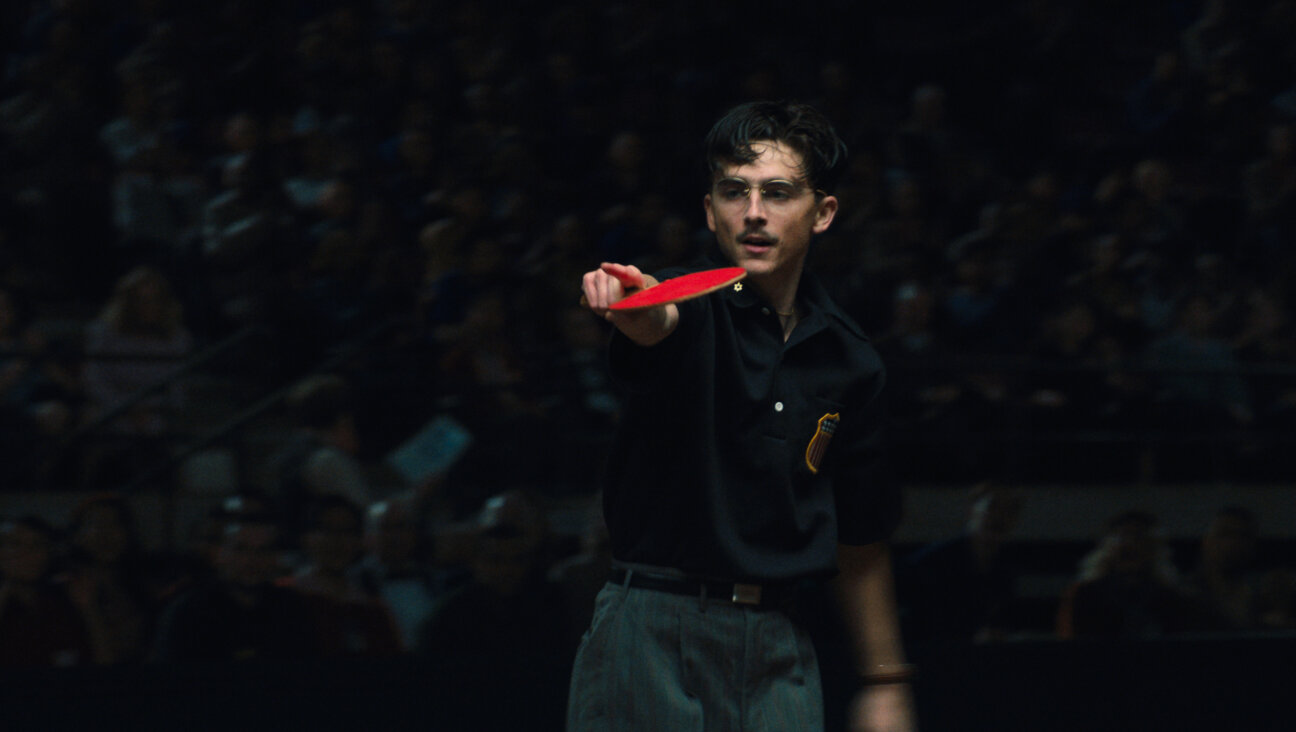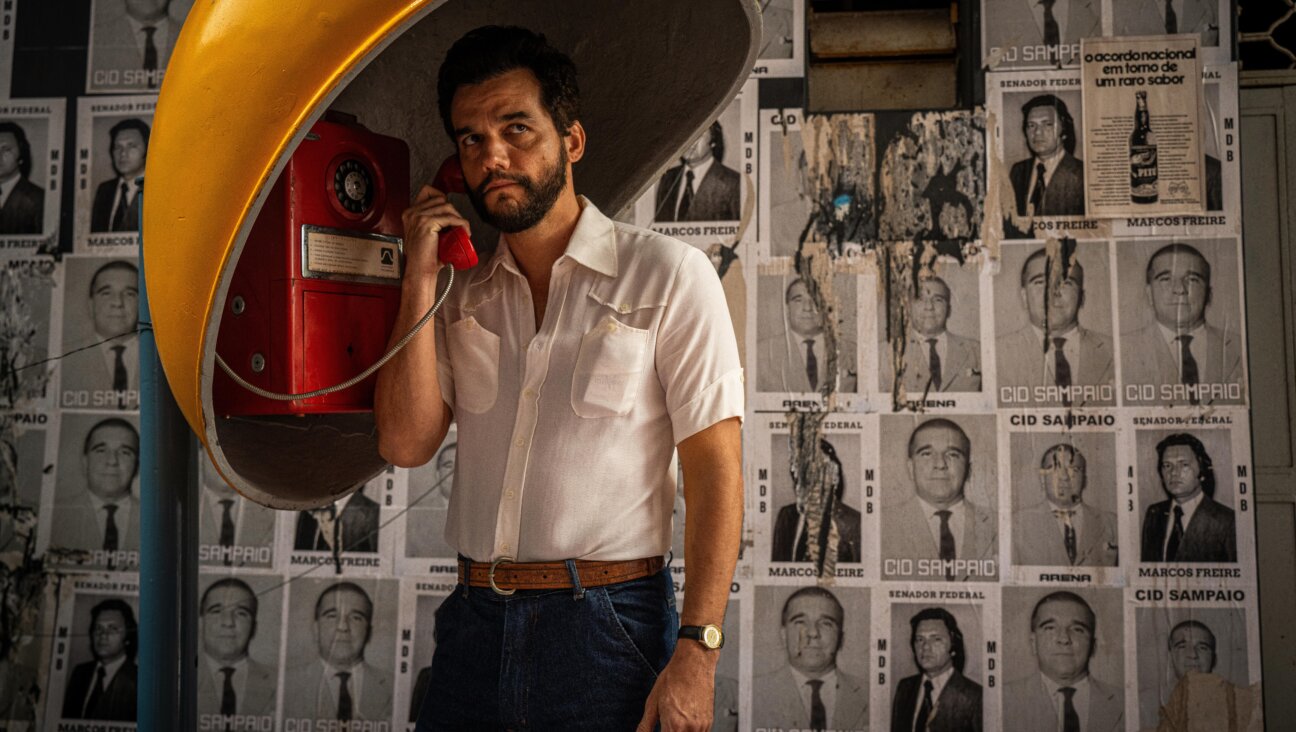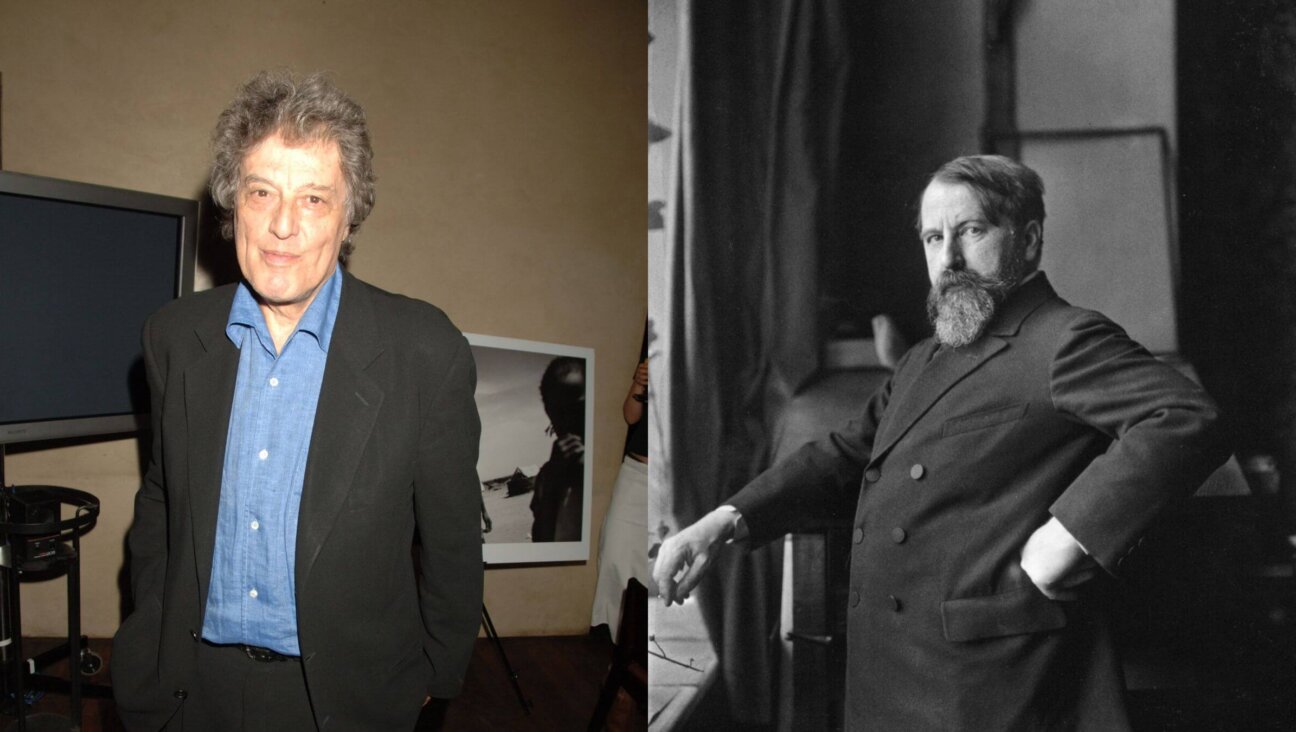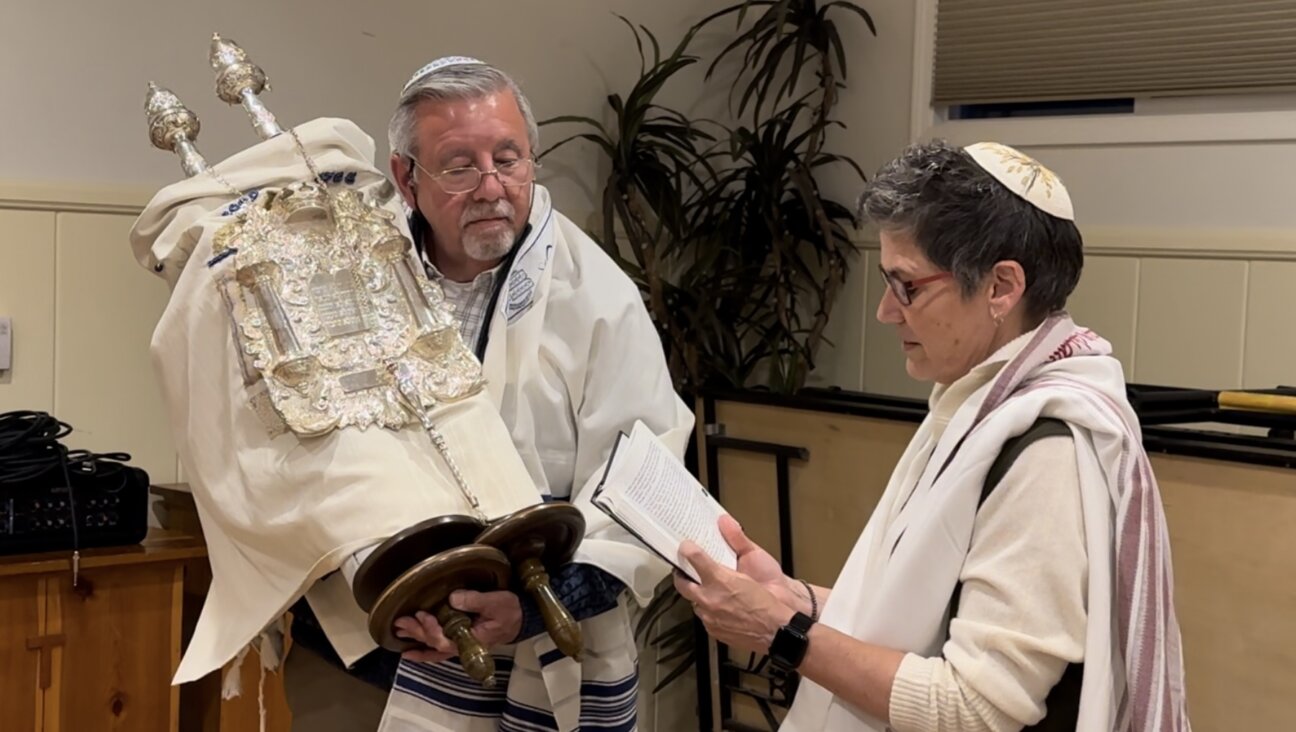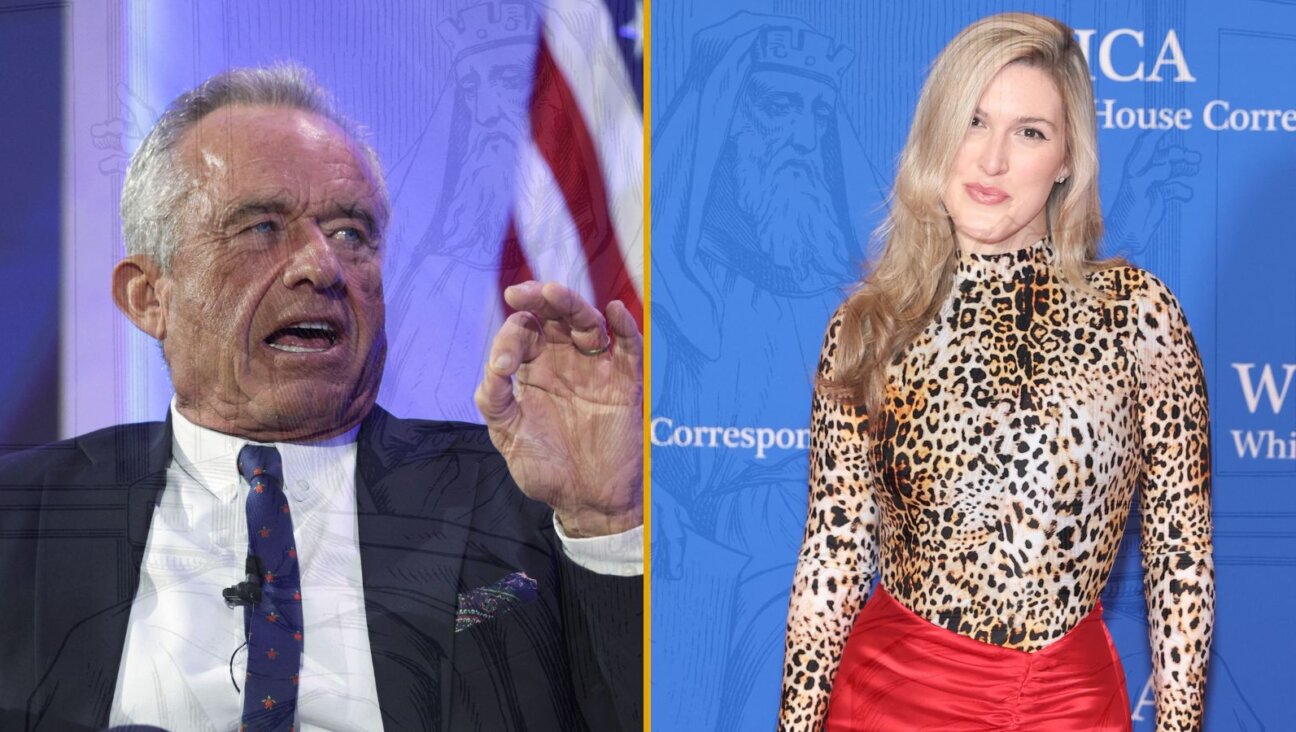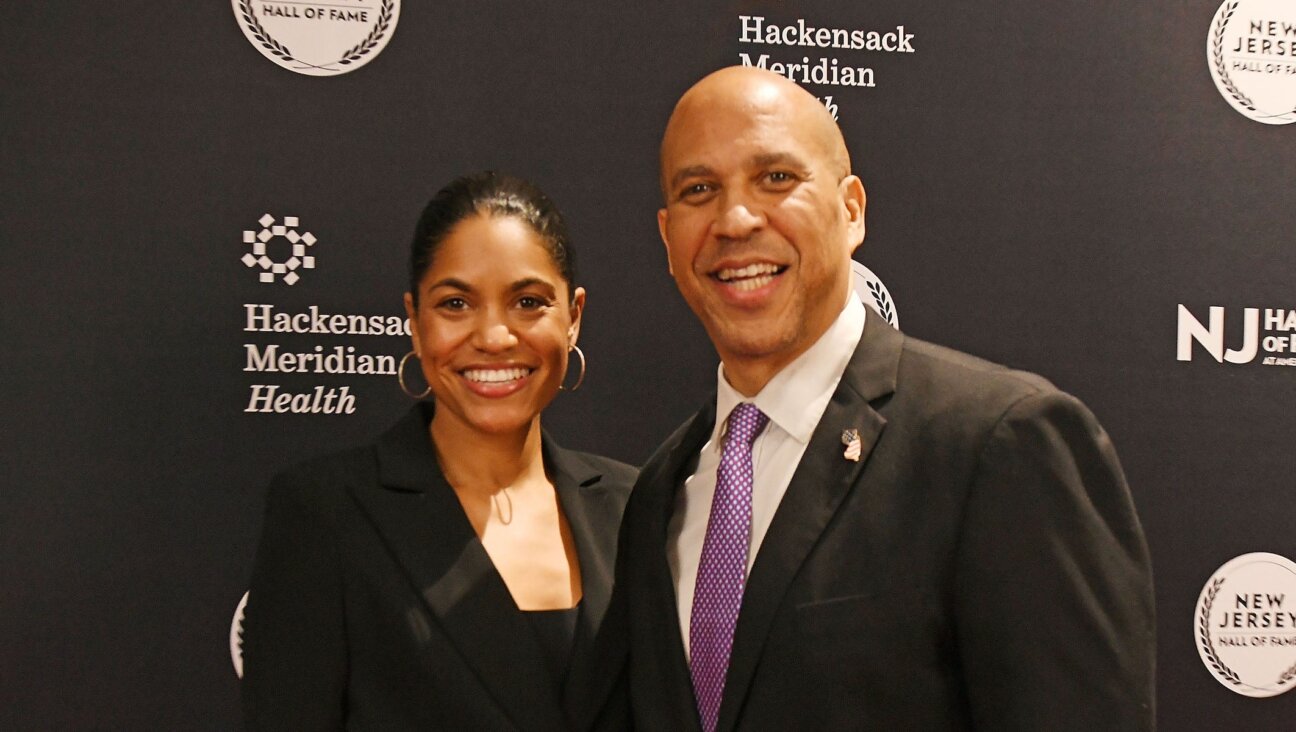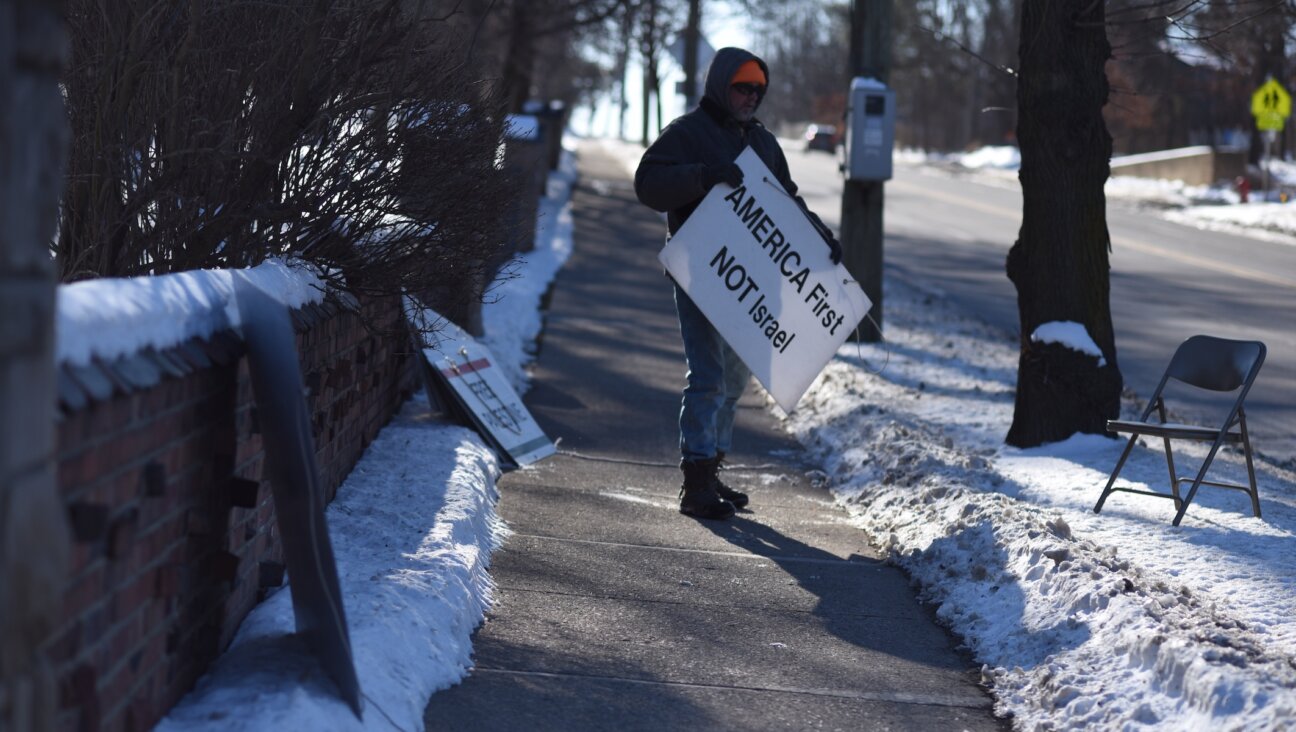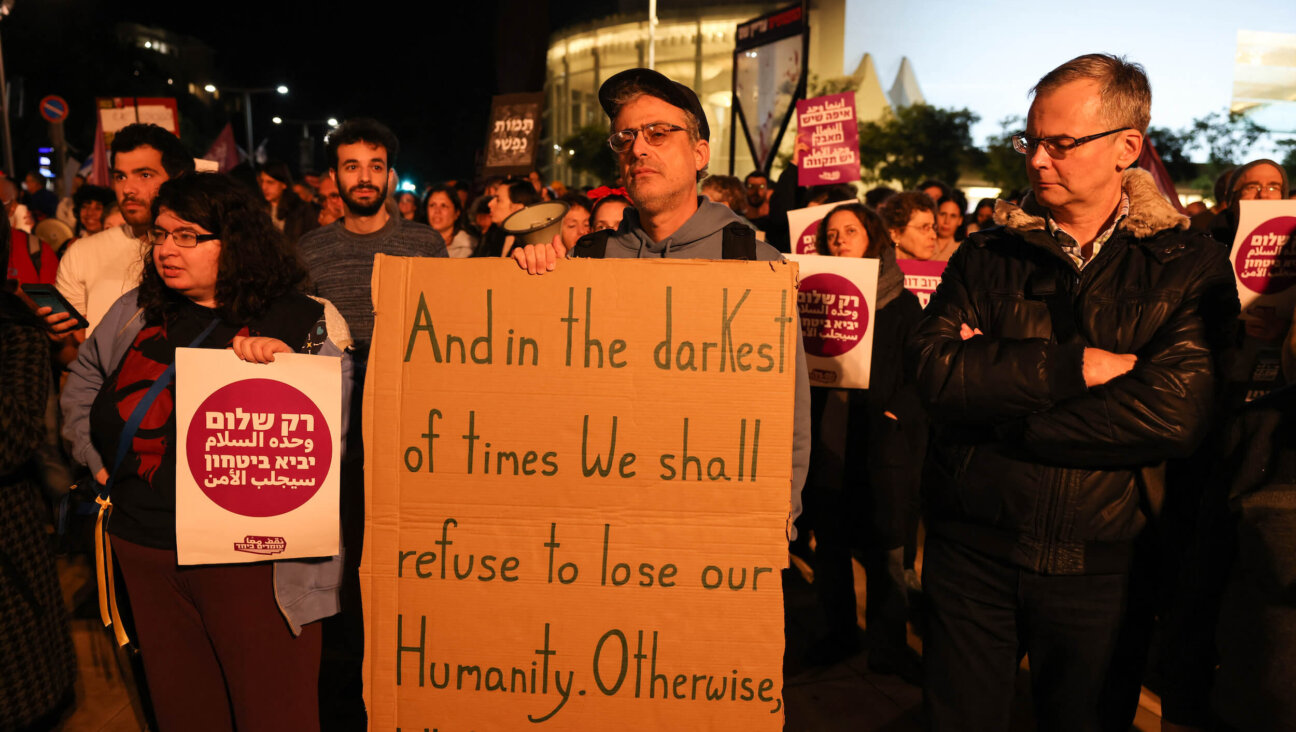In an ‘Oliver Twist’ prequel, Fagin gets a first name — and the spotlight
Allison Epstein’s novel ‘Fagin the Thief’ fleshes out, but does not sanitize, Dickens’ notoriously antisemitic character
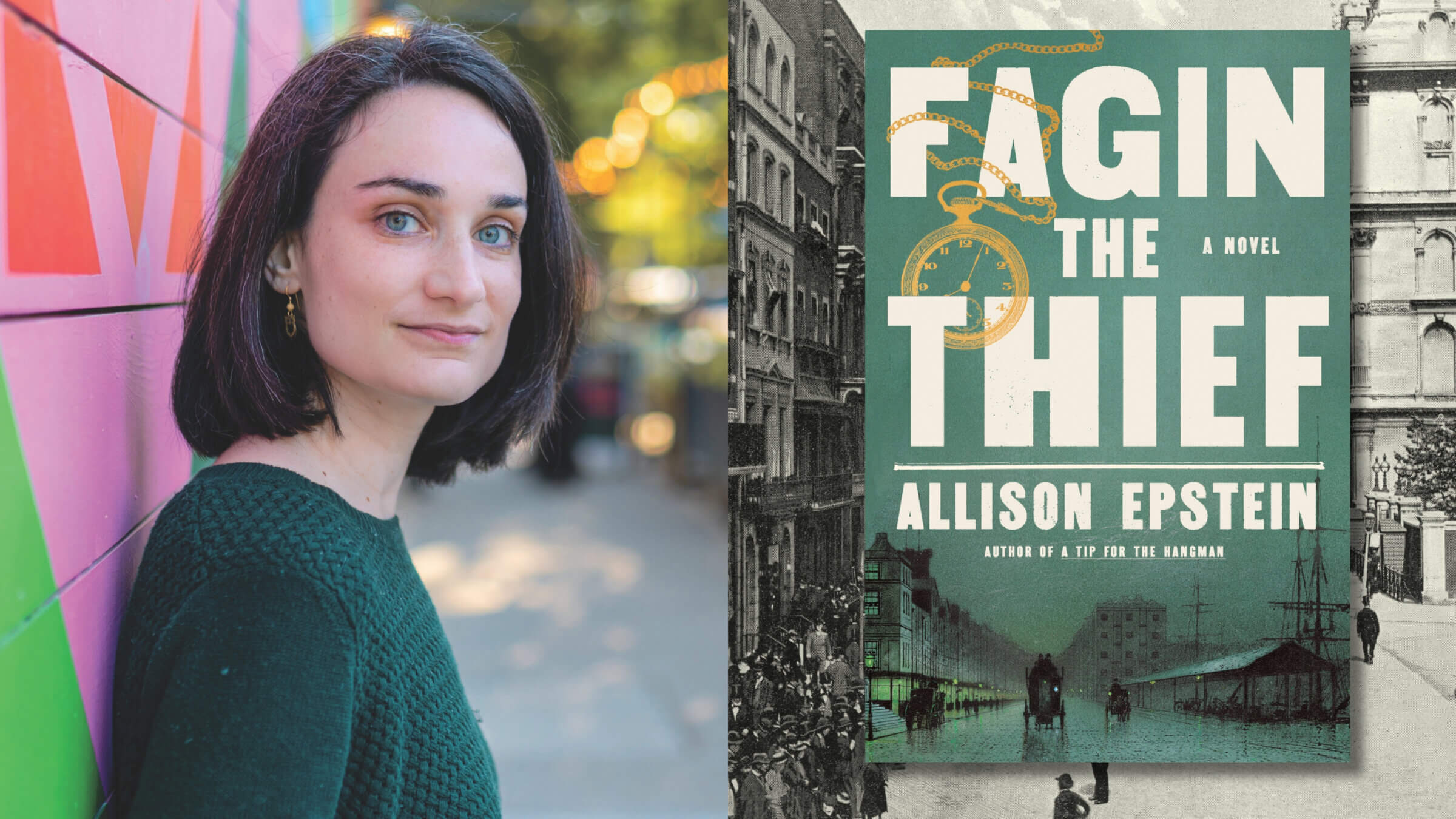
Allison Epstein fell in love with the characters in Charles Dickens’s Oliver Twist when she was eight years old. Her new book, Fagin the Thief, aims to humanize one of English literature’s most problematic Jewish characters. Graphic by Kate Scott Photography and John Atkinson Grimshaw / Canva
In both Charles Dickens’ Oliver Twist and Allison Epstein’s novel, Fagin the Thief, the word “Jew” appears more than 300 times. But there’s a big difference in how the authors use the word.
In Dickens’ 1838 original, the term “Jew” is interchangeable with the character Fagin, the wily mastermind who takes in a gang of orphaned boys in London and trains them to be pickpockets. The text refers to Fagin as “the Jew” more often than it does his own name.
In Epstein’s new prequel, other characters in the story still refer to Fagin as “the Jew” — the childhood bullies who taunt him in Stepney, the homeless children he takes under his wing, or the seedy alcoholics he meets in dark London taverns — but Epstein gives her Fagin a first name: Jacob.
“When we meet Fagin as an adult, he’s kind of fully formed,” said Epstein, speaking from her Chicago office over Zoom. “I wanted to take a step and say, where did he start, where did he come from? You don’t emerge whole cloth out of a hole in the ground as a fully formed villain.” She landed on the biblical name Jacob because he too was a trickster (not to mention a patriarch).
Naming Fagin is one of many ways Fagin the Thief shifts the story to the master-thief’s perspective without totally defanging it. Epstein gives Fagin depth and complexity but does not sugarcoat his conniving character, nor does she ignore the antisemitism that dominated Dickens’ time.
Fagin the Thief tracks Jacob from growing up in a poverty-stricken Jewish enclave in London to eventually becoming a cunning criminal. The first part of the novel zeroes in on the relationship between Jacob and his hard-working single mother, Leah. After her death, the rest of the story tracks Jacob’s quest for survival in Victorian London, including his fraught mentorship of future renegade Bill Sykes. In Epstein’s retelling, the orphan Oliver Twist is merely a footnote, while the plot focuses mostly on how loss and antisemitism shaped Fagin’s misanthropic worldview.
I spoke to Epstein on bringing Fagin the Thief to life, and how her Jewish identity helped her reckon with the anti-Jewish bias in Dickens’ text.
This interview has been lightly edited and condensed for clarity.
The novel starts with Fagin as a child growing up in the heavily Jewish London neighborhood of Stepney. Why did you decide to start the story there and put so much emphasis on Jacob’s relationship with his mother?
He was identified as “the Jew” in Oliver Twist, but you don’t become Jewish in isolation. He started with someone who was also sort of an outsider in the community.
She’s a single mother in a time when that’s not something that would be as accepted as it is now. She’s also kind of a little bit of a loose cannon in a way that I think he learns a lot from. She just seemed like the kind of person that he would really feel comfortable and at home and safe with. As the story goes on, he never relocates that sense of safety that he had with her. That was the starting point from which everything else would then fall apart.
Dickens never acknowledged his antisemitic biases in Oliver Twist, although some critics say he later overcompensated by writing the Jewish character Riah in Our Mutual Friend, who is depicted as totally gentle and pure. Do you feel as though you were able to forgive Dickens for his blind spots by writing this novel?
I don’t know that I’ve forgiven Dickens, but I also don’t think that my forgiveness particularly matters. He created two Jewish characters in his work: Fagin, the two-dimensional villain, and Riah, the two-dimensional wonderful man who’s never done anything wrong in his life. To me, neither of those feels like he really learned the lesson that Jews are people and have full human expressions within them.
I don’t think Fagin was written with intent or anti-Jewish malice. I think that was just the environment Dickens was in, and it was a bias that was never challenged. And when it was challenged, he did try. I find the character of Riah deeply annoying, but I do appreciate that he took in new information and tried to adjust his thinking.
To research this book, I imagine you had to do a lot of digging into antisemitism in Victorian London. What was the biggest thing that surprised you about British antisemitism in your research?
I was an English major in college and read a lot of English literature from the period. And in almost every book that I would read in college, it was just, “Oh, we’re going to get a weird one off-reference to the Jews in this book somewhere. I don’t know where it’s going to be, but I know we’re going to get it!”
British antisemitism always did feel like a different flavor than, say, my family background, which is Eastern European. The British approach was never state-sanctioned violence, but it was always there. It’s acceptance, but it’s so grudging that you don’t want to enter the room. They see you as different, even if they’d like to think they’re enlightened enough to let you in.
Like Wicked or Circe, your book reframes a classic text from the perspective of the original story’s villain. But your book doesn’t try to erase the ugly parts of Fagin, either.
There is a line about this topic in your afterword that I underlined because I found it so smart: “Both of these options — sanitizing Fagin or disowning him — feel like a loss for me.” How did you work to toe the line to humanize Fagin but also not deviate from the character that Dickens created?
I didn’t feel like that in order to tell this story I had to change what happened. I just wanted to get into it and see what it would have felt like to be in that story. I think part of that is a testament to how compelling I found the world that Dickens created, the underworld of London that he shows you in those parts of the book. I didn’t want to lose that.
But the idea that Fagin as written has to be a villain in those circumstances didn’t feel right to me. There was already something in that character, in his surroundings, in that setting, that felt like this could be such an interesting person, except Dickens wasn’t interested in making him an interesting person. He wanted to make him a two-dimensional villain.
Are there any other classic villains — Dickensian or otherwise — you’d like to see become protagonists in a new retelling?
I’m always threatening to do it, but I want to write a book for Edmund from King Lear. There is such a rich, troubled character in there that gets flattened in performances down to a villain. In terms of Dickens, Madame DeFarge from A Tale of Two Cities. I love her so much, and she is so weird.
Talking to you makes me want to join a Dickens book club.
Fantastic. My work here is done.

